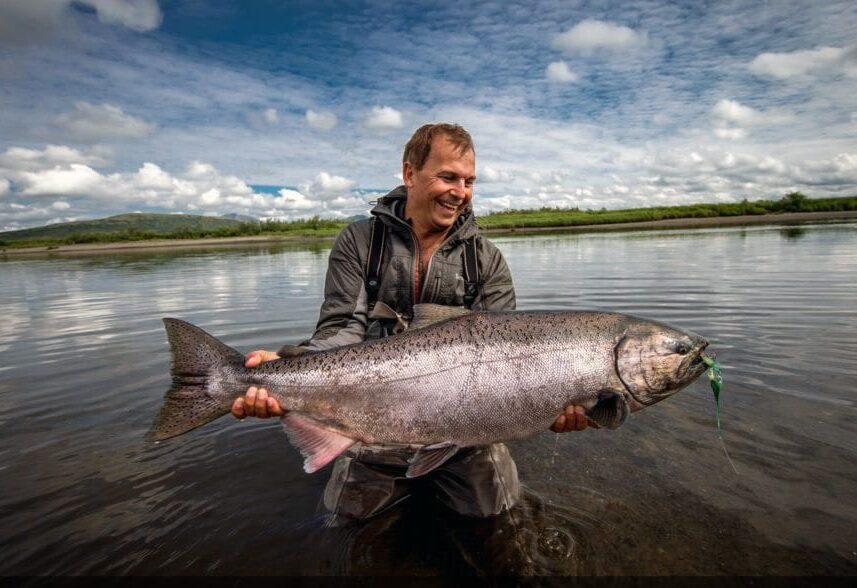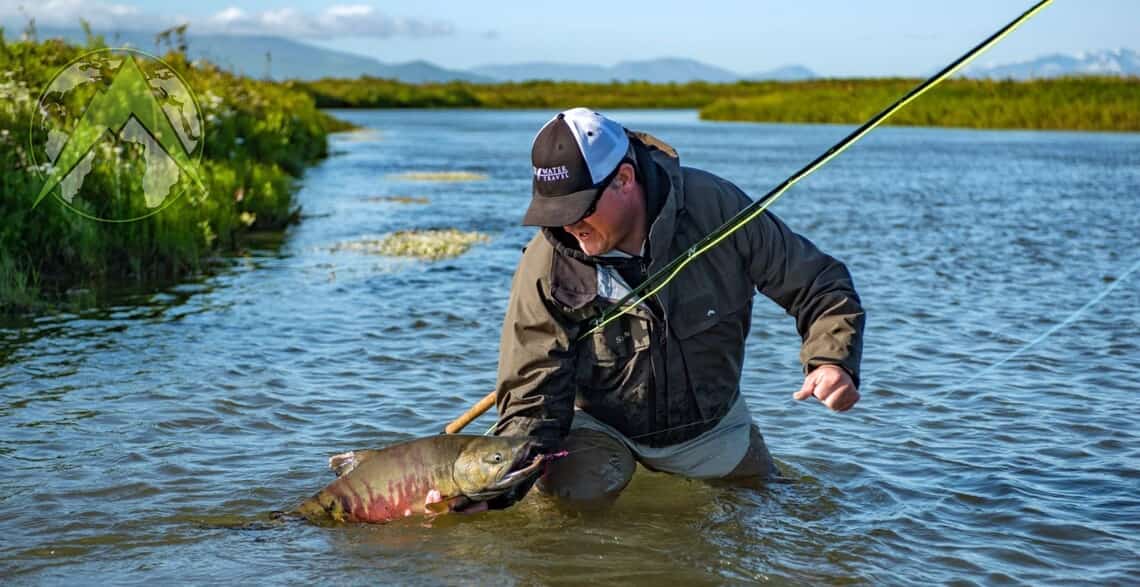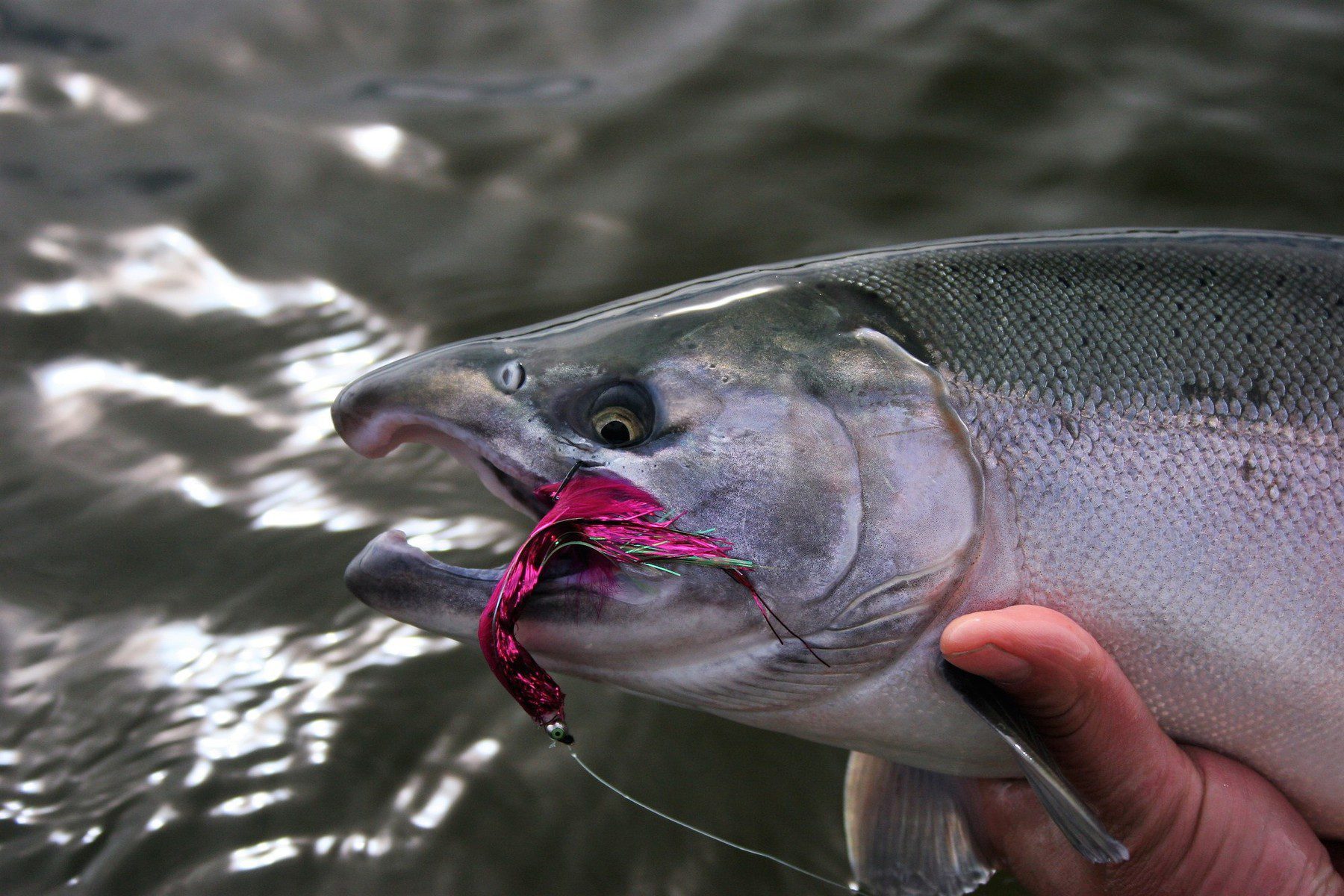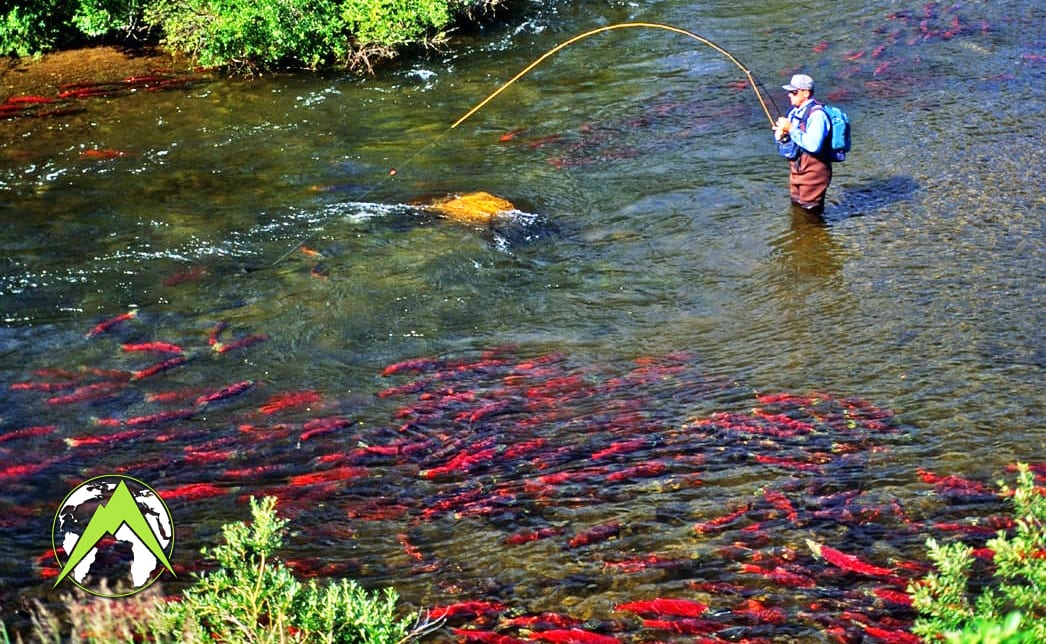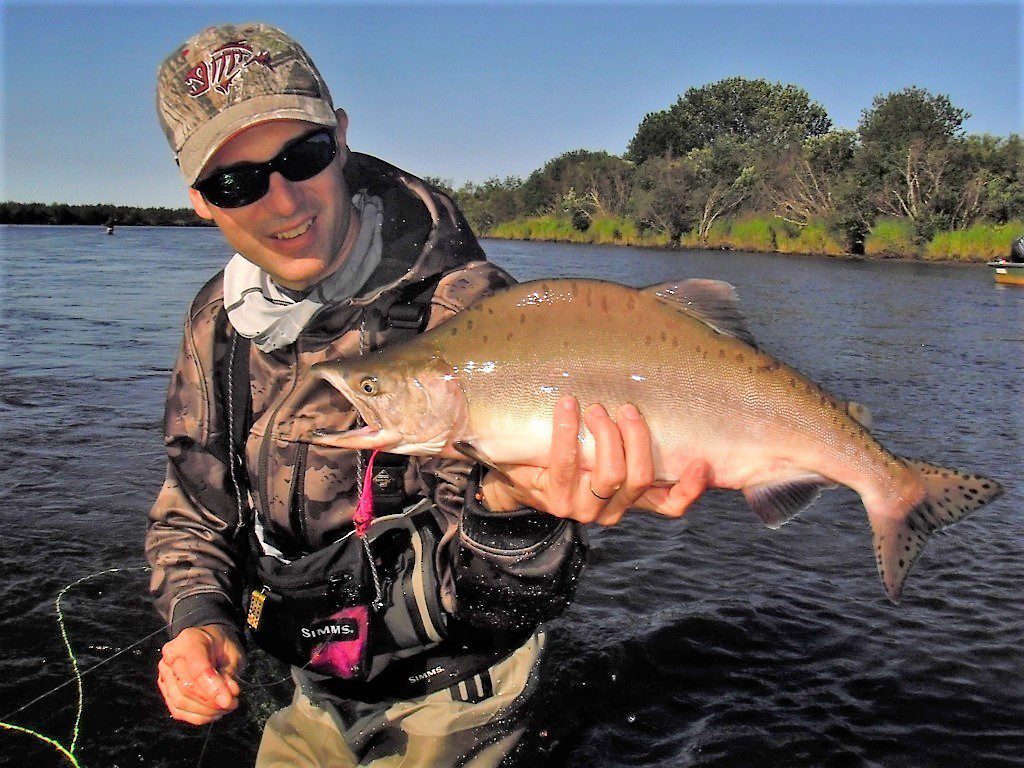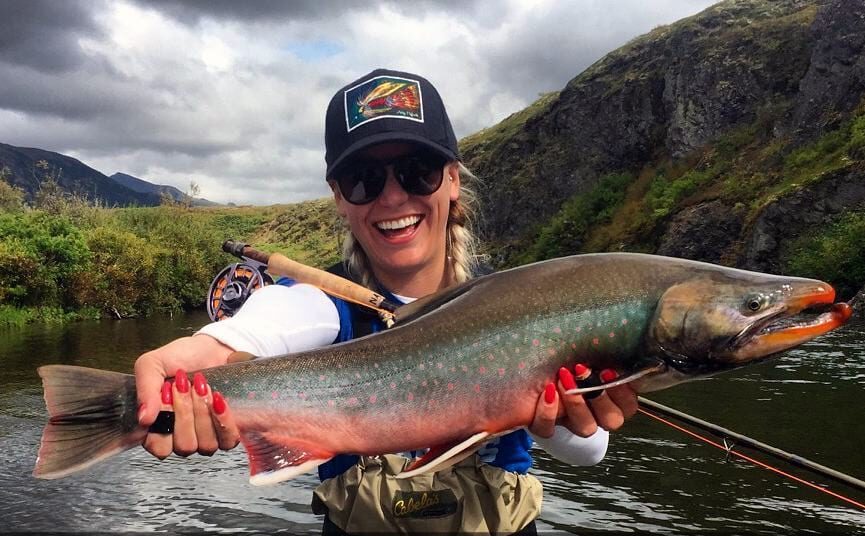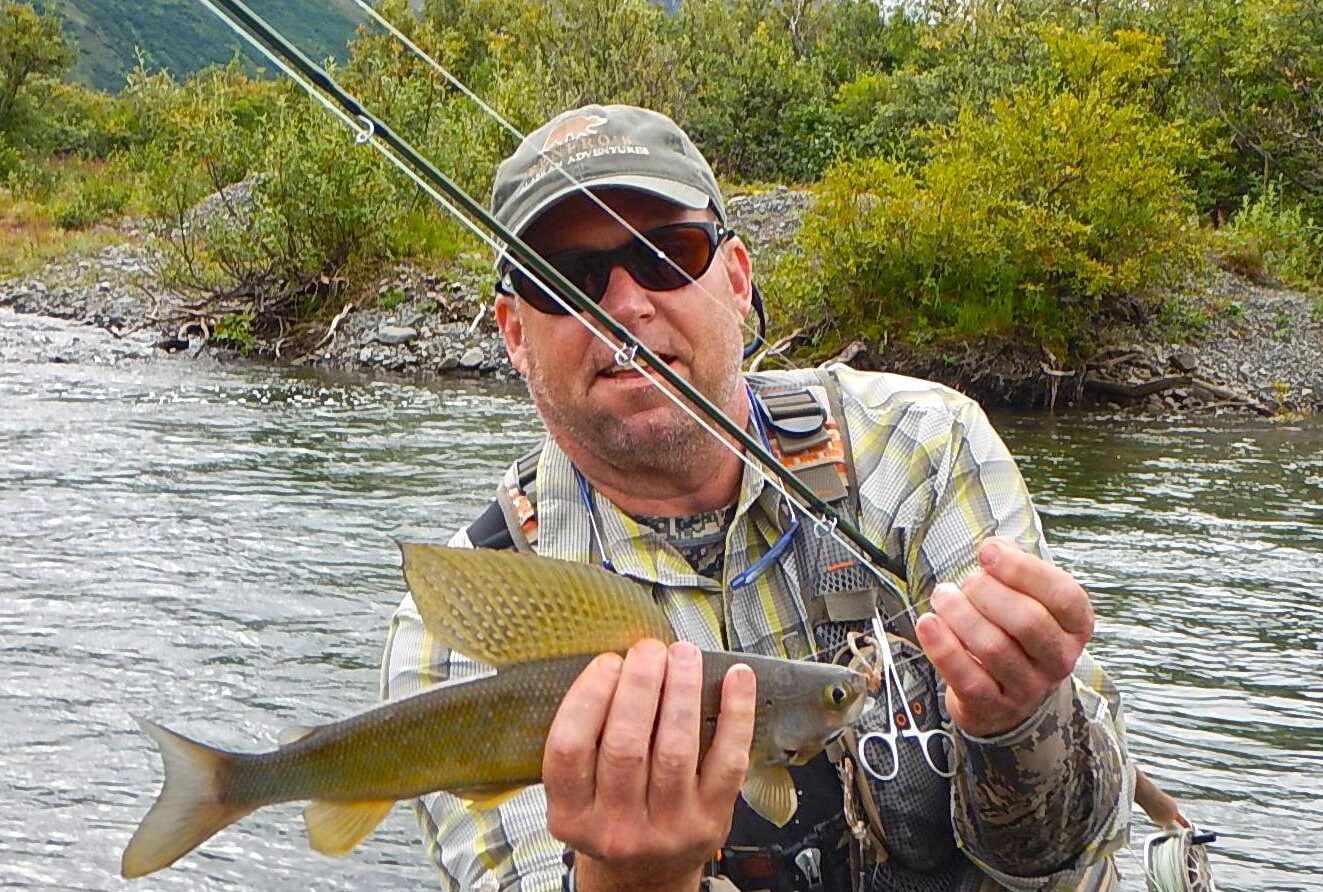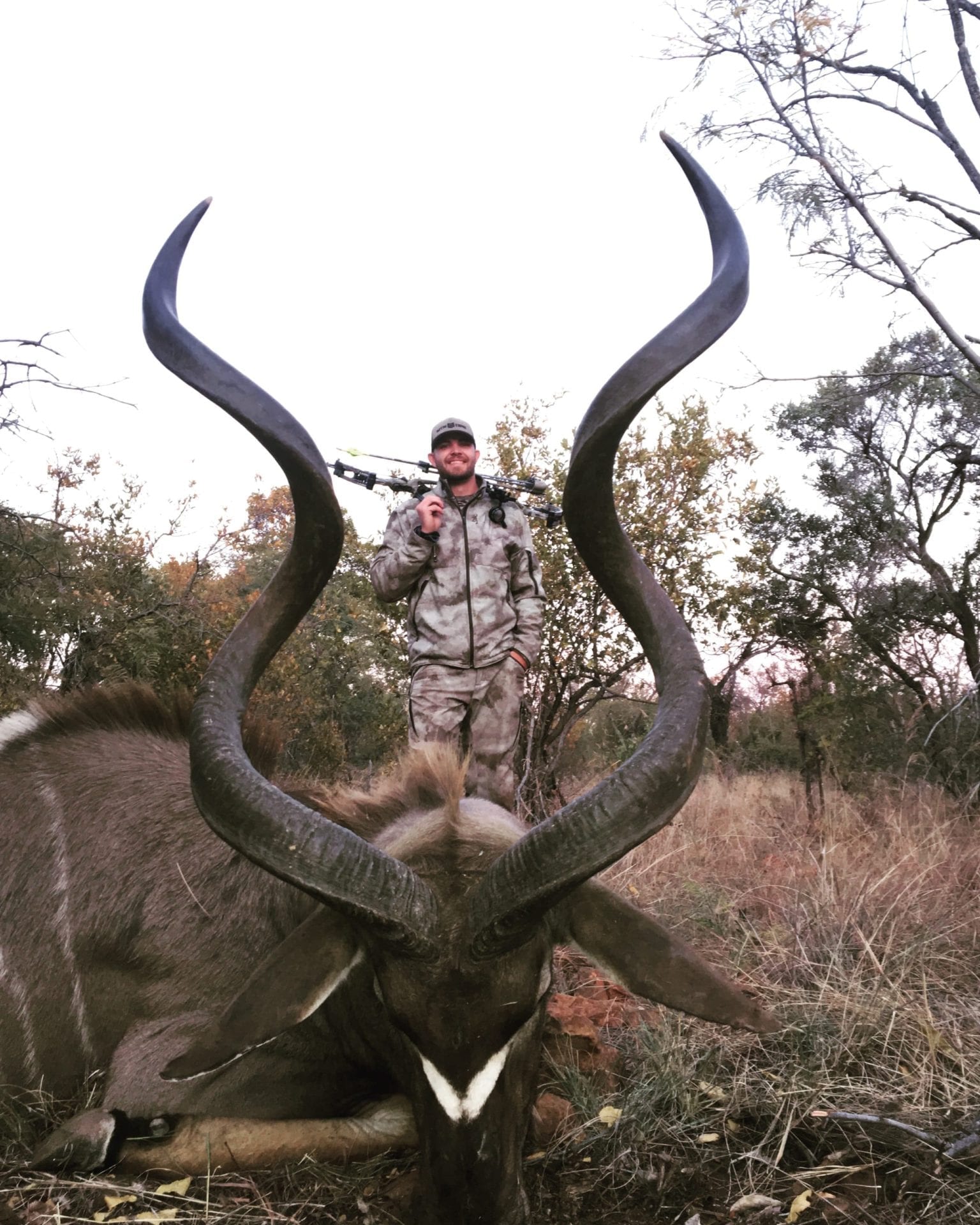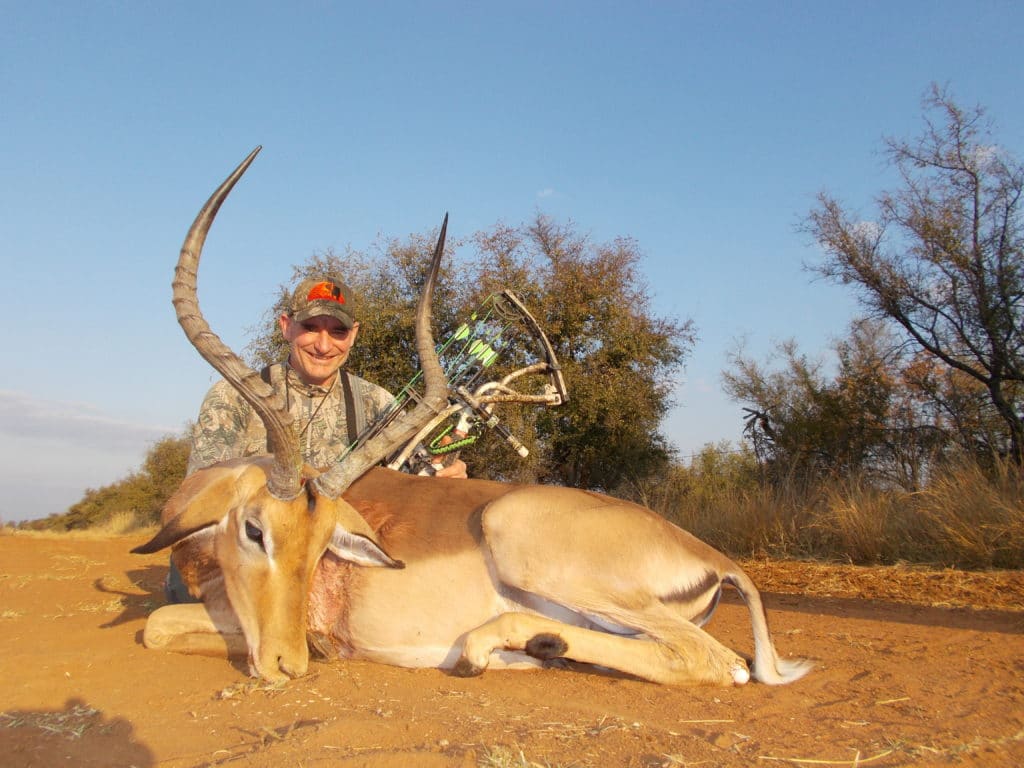Here at Outdoors International, we want to be sure that you’re prepared for your fishing trip. A major part of that preparation is what to take, so we put together this Alaska fly fishing gear list for you. When you’re packing, keep in mind that the weather in Alaska is…. moody. Inclement is a good word for it.
Alaska Fly Fishing Gear List
The weather in Alaska is moody at best. It can range wildly from a balmy 75 degrees, to cold and windy with sheets of rain in a matter of minutes.
You need to be prepared for when it starts raining, maybe even snowing when in comes to packing for an Alaska fishing trip. A good “layering system” is the best strategy, bar none, for staying comfortable. Our packing lists will help you be prepared for your Alaska fishing trip.
Don’t leave home without:
- Essential Items, Clothing, Accessories and Personal Gear
- Fly Fishing Rods and Reels
- Best Alaska Flies
Species breakdowns:
- King Salmon
- Chum Salmon
- Silver Salmon
- Sockeye Salmon
- Pink Salmon
- Rainbow Trout and Dolly Varden
- Grayling
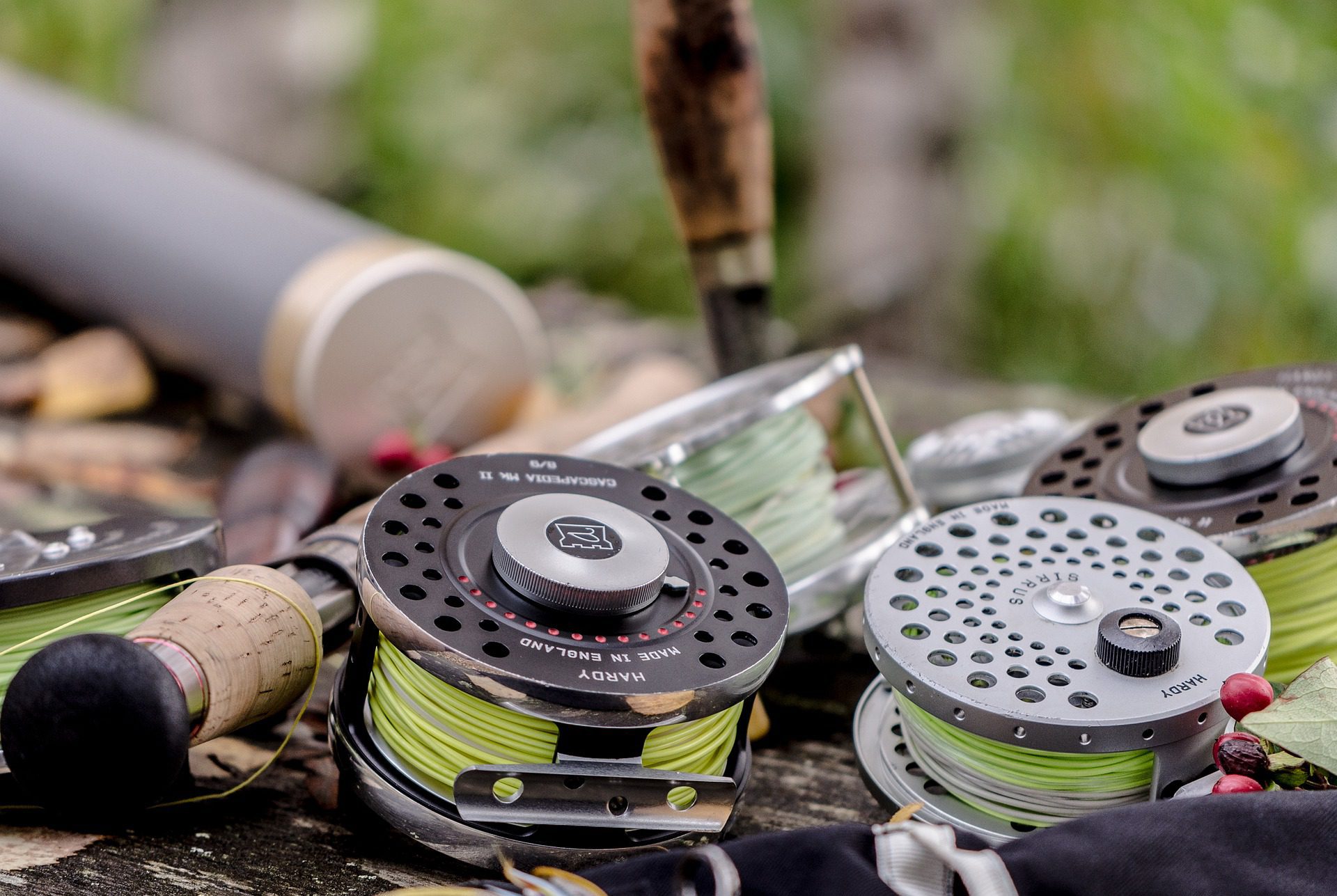
Essential items that need to be on your Alaska fly fishing gear list:
- Layered clothing for any type of weather Mother Nature can throw at you.
- Fishing rods (usually 8 weights, sometimes 6’s)
- Breathable waders
- A good pair of lug-sole boots with studs (felt is illegal).
- A waterproof backpack with thick straps that will accommodate rod tubes.
- Chest pack and/or a good fanny pack.
- BUG SPRAY
- Buff, sunglasses and a good cap.
Clothing, Accessories and Personal Items:
- Good forceps with scissors, a good nipper on a zinger, leader material from 4X up through 0X, indicators, and non-toxic split shot. *It’s doubtful you’ll be fishing alone and without a guide who will have all of the terminal tackle rigged and ready, but it doesn’t hurt to have some backup.
- If you want to carry a lightweight net, then carry one. Chances are the guide will land the fish.
- A wading staff is excellent if you’re going to be out of the boat.
- Polarized sunglasses – As in every other style of fishing, sunglasses are critical. Take three pair; a backup for your backup. Wear croakies to keep them from falling off and floating down river. Make sure your main pair are superior polarized lenses to cut the glare and allow you to see the bottom as well as the fish. Your backups can be lesser and there are some great less expensive fishing glasses out there.
- High-quality breathable raincoat in good condition
- High-quality breathable waders in good condition, with repair kit
- Stout, felt soled wading boots with good ankle support.
- Studded boots are optional but not needed.
- Headgear, i.e. hat with a brim, and a beanie for cooler weather.
- Long sleeved shirt
- Lightweight and fleece long underwear
- Fleece sweater or jacket
- Packs – Fly-fishing packs are the best way to carry what you need for a day in the Alaskan wilderness. Waterproof packs are even better. Essentially you want a larger pack to carry extra layers and then a fishing pack such as a sling pack or a hip pack to carry flies, leaders, and other accessories. This can actually be transported to the river inside the larger pack and you are not going to need every accessory and every box of flies you own. Your guide will tell you what you need and generally you will be fishing the same species during the course of the day. Take what you need in the smaller pack, and pack what you think you need in the larger pack, which can stay on the shore, in the boat, or on the plane.
- Casual clothing for wearing around the lodge.
- Swimsuit for the hot tub (if there is one at the lodge), or the river if you like!
- Insect repellent
- Sunscreen
- Waterproof boat bag
- Water bottle
- Camera (bring extra film or cards, batteries, chargers)
- Video cameras (bring extra discs, tapes, batteries, chargers, there are plugs in the rooms for chargers)
- Binoculars for eco-trips and sightseeing
- Basic toiletries
- Passport
You’ll want to dress in layers while you’re out on the water.
- We recommend starting off with a polypropylene or Merino wool base layer next to your skin to wick moisture away from your body.
- Your second layer or alternative layer could be a medium to heavy-weight fleece, Merino wool or polypropylene shirt, sweater or pullover.
- Your third layer, if even needed, can be a fleece or wool jacket.
- Your final layer is the jacket that you choose to protect you from both wind, and rain.
- Anglers should also bring a few pair of heavy wool socks. We recommend that you try on your socks with your waders in your wading boots before coming to the lodge to insure that you have plenty of room to move your toes. Being unable to move your toes and the cramping of your feet in your boots are the biggest reasons for numb toes and cold feet.
Fly Fishing Rods and Reels
At the height of the season, most of the action will be for silver salmon mixed with good numbers of 2 ½ to 5-lb. rainbow trout, Dolly Varden, with the odd grayling thrown in for variety.
- For salmon, 8-weight rods are easier on the fish and the angler.
- For trout and grayling, 4- to 6-weight rods are good, but essentially these fish are feeding on eggs and flesh and the flies are heavy, often fished with sinkers to get the egg patterns down, so a sturdier trout rod such as a 6-weight is perfect for the job.
- You can in certain times of the year fish dry flies particularly for grayling, so having a lighter rod along for that can be fun.
- Large arbor reels are a big help here for their retrieval rate which helps land salmon, rainbows, and Dolly Varden faster and is better for the fish.
- A light trout reel for the dry fly rod works well as grayling are not going to run far.
- You should have a reel with a spool for each of the larger rods with a floating line and a sink-tip line. The dry fly reel is obviously rigged with a floating trout line.
The Best Alaska Flies
Inevitably your guide is going to rig up what is working, but going on a fishing trip without your own flies is heresy. It’s like showing up to the prom with no corsage.
- No Alaska fly fishing gear list would be complete without these go-to flies:
- Flashy streamer patterns such as the egg sucking leech
- A purple and pink marabou concoction locally called a popsicle
- Fuchsia bunny flies
- Woolly buggers
- Flesh flies
- Salmon egg patterns
- Plain glo-bug yarn
- Other patterns commonly used are:
- Muddlers in various shades of black and brown
- Woolly worms
- Mickey Finns
NOTE: Probably 90%-plus of the silver salmon are caught on egg sucking leeches and popsicles.
King Salmon
If you prefer swinging streamers with a Spey rod, the King Salmon may become your new favorite species.
- Single hand rods – 9′ 10-12 wt.
- Reels – Large, high capacity fly reels capable of holding at least 200 yards of 30 pound backing with very sturdy drags.
- Lines – changeable tip sinking lines with tip sink rates from 150gr to 500gr. Weight forward floating lines for anglers interested in indicator fishing.
- Two Hand Rods/Spey – 12’6″-14′ 8-9 wt.
- Reels – Large, high capacity fly reels capable of holding at least 200yd of 30lb backing with very sturdy drags. Reels should be larger than what is recommended for the rod’s line weight to accommodate large diameter spey heads.
- Lines – Skagit style spey heads matched to your rod. Running lines should be at least 30lb. and 100′-150′ in length. Rio Slick Shooter or S/A Sharkskin are recommended for running lines.
- Leaders – 4-8 ft. of 15-25lb.
- Flies – Unweighted anadromous flies with a large profile. Weight is not needed when fishing with sinking lines and affects casting. Tube flies are preferred but not necessary. Flies tied from Marabou or spun Craft Fur are most common. Flies tied with rabbit are very effective but are more difficult to cast with a double hand rod. Colors that work best are Chartreuse, Flo. Red, Flo. Orange, Hot Pink, Cerise, Black, Kingfisher Blue and Purple – in solid colors or in combination. Hooks should be a minimum of sz. 1/0. For both tube flies and articulated patterns we recommend the following hooks: Gamakatsu Octopus, Gamakatsu Finesse Wide Gap or Owner SSW.
Chum Salmon
We recommend having a spare rod along as more rods are broken on chums than any other salmon species in Alaska due to their large size.
- Rods – 9′ 8-9wt.
- Reels – Large arbor reel with a good drag that balances the rod and holds at least 100 yards of 20lb. backing.
- Lines – Weight Forward Floating. Rio Cold Water Clouser or S/A Tapered GPX are recommended.
- Leaders – 8-9ft. Tapered leaders with a heavy butt section ending in 20lb. tippet.
- Flies – Hot Pink, Cerise, Flo Orange, Flo Red or Chartreuse flies tied with Rabbit Strips, Craft Fur or Marabou – in solid colors or in combination. Flies should have heavy dumbbell eyes and be tied on a sz.1/0-sz.2 heavy salmon hook.
Silver Salmon
Swinging switch rods and spey rods is an effective technique for Coho’s.
- Rods – 9′ 8-9wt.
- Reels – Large arbor reel with a good drag that balances the rod and holds at least 100 yards of 20lb. backing.
- Lines – Weight Forward Floating. Rio Cold Water Clouser or S/A Tapered GPX are recommended.
- Leaders – 8-9ft. Tapered leaders with a heavy butt section ending in 20lb. tippet.
- Flies – Hot Pink, Cerise, Flo Orange, Flo Red, Chartreuse, Purple or Black, solid or in combination flies tied with Rabbit Strips, Craft Fur or Marabou in solid colors or in combination. Flies tied with heavy dumbbell eyes and tied on a sz.1/0-sz.2 heavy salmon hook work great. Hot pink poppers are great for taking Silvers on the surface. Foam bodies with Marabou and Rabbit tails, tied on heavy salmon hooks are most common.
Sockeye Salmon
Effectively fishing for sockeye means putting the fly right on their nose.
- Rods – 9′ 8-9wt.
- Reels – Large arbor reel with a good drag that balances the rod and holds at least 100 yards of 20lb. backing.
- Lines – Weight Forward Floating. Rio Cold Water Clouser or S/A Tapered GPX are recommended.
- Leaders – 8-9ft. Tapered leaders with a heavy butt section ending in 20lb. tippet.
- Flies – You’ll need unweighted, sparsely tied creations tied on sz.1 heavy, short shank hooks. Depending upon the method of presentation, fly line choices include sinking tip fly lines or a weight forward floating line with a long leader and plenty of split shot.
Pink Salmon
Scrappy fighters, the pink salmon can be successfully pursued with rods in the 6 to 8 weight class.
- Rods – 9′ 6-8wt.
- Reels – Large arbor reel with a good drag that balances the rod and holds at least 100 yards of 20lb. backing.
- Lines – Weight Forward Floating. Rio Cold Water Clouser or S/A Tapered GPX are recommended.
- Leaders – 8-9ft. Tapered leaders with a heavy butt section ending in 15-20lb. tippet.
- Flies – Hot Pink, Cerise, Flo Orange, Flo Red or Chartreuse flies tied with Rabbit Strips, Craft Fur or Marabou – in solid colors or in combination. Flies tied with heavy dumbbell eyes and be tied on a sz.1-sz.4 heavy salmon hook work great. Hot pink poppers are great for pinks on the surface. Foam bodies with Marabou or Rabbit tails, tied on heavy salmon hooks are most common.
Rainbow Trout and Dolly Varden
Dolly Varden are voracious eaters, but they can be picky about flies. Here’s our Alaska fly fishing gear list for ‘bows and dolly’s.
- Rods – Depending on the size of the fish you expect to encounter, fly rods can vary from ultralight to heavy. For still waters, 3, 4, and 5 weight rods are good choices, and for river and stream fishing, 5, 6, and 7 weight are the tool of choice.
- Reels – Large arbor reel with a good drag that balances the rod and holds at least 60 yards of 20lb. backing.
- Lines – Weight Forward Floating. Rio Coldwater Clouser or S/A Tapered GPX are recommended.
- Leaders – 8-9ft. Tapered leaders with a heavy butt section ending in 10-15lb. tippet. 1525lb. for Mouse fishing.
- Flies – Sculpin patterns, smolt patterns, flesh flies, beads, glo-bugs, bead head, rubber legged nymph patterns. Dry flies like royal wulffs, caddis, stimulators, green drakes, and adams work well in larger sizes like size 10 through 14. For those wanting to try some specialized angling, fishing with deer hair mouse patterns
(tied with stinger style hooks only – no fixed hooks) and a floating fly line in the low light of evening can be a very exciting way to take rainbows on topwater.
Grayling
Alaska grayling are finicky eaters, but they provide great sport for the angler equipped with a 3, 4, or 5 weight rod and reel.
- Rods – 9′ 5-6 wt.
- Reels – Large arbor reel with a good drag that balances the rod and holds at least 60 yards of 20lb. backing.
- Lines – By far the most common fly line choice for grayling is a weight forward floating line. Rio Grand or S/A Tapered GPX are recommended.
- Leaders – 8-9ft. Tapered leaders with a heavy butt section ending in 8-12lb. tippet.
- Flies – Grayling can be caught readily on dry flies
. The Adams is probably the best pattern. Black gnats, mosquito, royal coachman, and other common patterns like, bead head nymphs, elk hair caddis, bushy attractor patterns, mini mice also work well.
Are you ready to go salmon fishing?
We can hook you up with the best salmon fishing guides in the world.
Live Like You Mean It
Contact Us
We've helped thousands of OI clients plan their adventures
Our team of professional consultants are ready to help you research, book and plan an amazing trip with one of our amazing outfitter partners around the world.
I didn't think an experience like this was possible.
This trip, was, for me at least not just a trip, for me it was a real adventure, a real experience. I love the wilderness and this trip afforded me the opportunity to connect with the Alaskan wilderness in ways very few people do. It was an experience I will never forgot in a place I can’t wait to get back to.Oliver Fischer
The outfitter handled everything perfectly.
We were thankful that Outdoors International hooked us up with a great outfitter because they were able to find us an acceptable alternate on short notice. Overall the two year process to get this float in was seamless and worry free. Just like it should be.Thank you, Stan Masneri
What an amazing experience!
The lodge was out of this world! Our rooms, the delicious food, the incredible wildlife and the scenery were amazing. Our photo safari guide was truly exceptional and had us on animals almost constantly. We saw over 30 different species and had some incredible up close experiences. Africa is amazing!Scott Navares
Copyright 2005-2025 © Outdoors International™ · All Rights Reserved.



